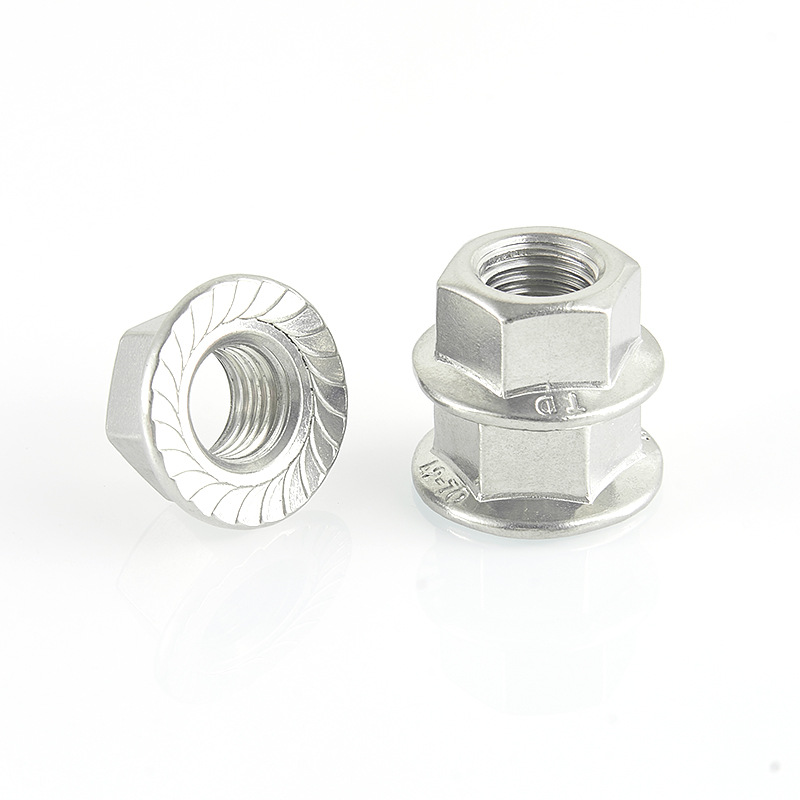

Innovative Solutions for Effective Solar Panel Mounting Hardware and Installation Techniques
Jul . 30, 2024 11:41 Back to list
Innovative Solutions for Effective Solar Panel Mounting Hardware and Installation Techniques
Understanding Solar Mounting Hardware A Key Component for Solar Energy Systems
As the world shifts towards renewable energy sources, solar power is becoming a critical player in the global energy landscape. At the heart of any solar energy system lies the mounting hardware, which is vital for the stability and efficiency of solar panels. This article will explore the importance, types, and best practices for solar mounting hardware.
What is Solar Mounting Hardware?
Solar mounting hardware encompasses the components and systems that secure solar panels to their designated structures, whether that be rooftops, ground mounts, or other surfaces. This hardware is crucial for maintaining the optimal angle for sunlight exposure and ensuring that the panels are safely anchored against environmental challenges such as wind and snow loads.
Importance of Solar Mounting Hardware
The selection and installation of appropriate solar mounting hardware can significantly impact the performance and longevity of solar energy systems. Here are some key reasons why high-quality mounting hardware is essential
1. Stability and Safety Properly installed mounting systems withstand various weather conditions, including high winds and heavy snowfall, thereby ensuring the safety of both the installation and surrounding properties.
2. Optimal Performance Solar panels need to be positioned correctly to capture maximum sunlight throughout the year. Effective mounting hardware allows for adjustable angles, enhancing the energy yield.
3. Durability Solar mounting hardware must be made from materials resistant to corrosion and environmental degradation, as they are typically exposed to the elements. Stainless steel and aluminum are commonly used to ensure the longevity of installations.
4. Ease of Maintenance A well-designed mounting system simplifies the process of accessing solar panels for cleaning and maintenance, contributing to their overall efficiency.
Types of Solar Mounting Hardware
solar mounting hardware

There are primarily three types of solar mounting hardware systems
1. Roof Mounts This type of mounting hardware is designed to attach solar panels directly onto the roof of a building. Roof mounts are versatile and can accommodate various roof types, including flat and slanted roofs. They are generally less expensive and involve simpler installation processes.
2. Ground Mounts Ground-mounted systems are installed on the ground, typically in open fields or dedicated solar farms. These systems are characterized by their robust design and are often adjustable to maximize sun exposure. They are ideal for larger installations that require significant energy production.
3. Pole Mounts Ideal for areas with limited roof space, pole mounts elevate the solar panels off the ground, providing an effective solution for uneven terrain. These mounts can be designed for single or dual-axis tracking, allowing them to follow the sun's path across the sky.
Best Practices for Installing Solar Mounting Hardware
1. Site Assessment Before installation, conduct a thorough site assessment to evaluate sunlight exposure, potential shading, and wind patterns. This step will help determine the most effective mounting solution.
2. Follow Local Codes Ensure that all installation respects local building codes and regulations, which can vary significantly by location.
3. Use Quality Materials Invest in high-quality mounting hardware made from corrosion-resistant materials. This will decrease the need for maintenance and replacements over time.
4. Professional Installation Whenever possible, engage professional installers who have experience with solar mounting hardware. Their expertise will increase the likelihood of a successful installation that adheres to safety standards.
Conclusion
Solar mounting hardware is an essential component of a successful solar energy system. By selecting the appropriate types and following best practices for installation, homeowners and businesses can ensure their solar investments are secure, efficient, and long-lasting. As society continues to embrace renewable energy, understanding the nuances of solar mounting hardware will be critical in maximizing the benefits of solar technology.
Latest news
-
Hot Dip Galvanized Bolts-About LongZe|High Strength, Corrosion Resistance
NewsJul.30,2025
-
High-Strength Hot Dip Galvanized Bolts - Hebei Longze | Corrosion Resistance, Customization
NewsJul.30,2025
-
Hot Dip Galvanized Bolts-Hebei Longze|Corrosion Resistance&High Strength
NewsJul.30,2025
-
High-Strength Hot-Dip Galvanized Bolts-Hebei Longze|Corrosion Resistance&High Strength
NewsJul.30,2025
-
Hot Dip Galvanized Bolts-Hebei Longze|Corrosion Resistance&High Strength
NewsJul.30,2025
-
Hot Dip Galvanized Bolts - Hebei Longze | Corrosion Resistance, High Strength
NewsJul.30,2025

